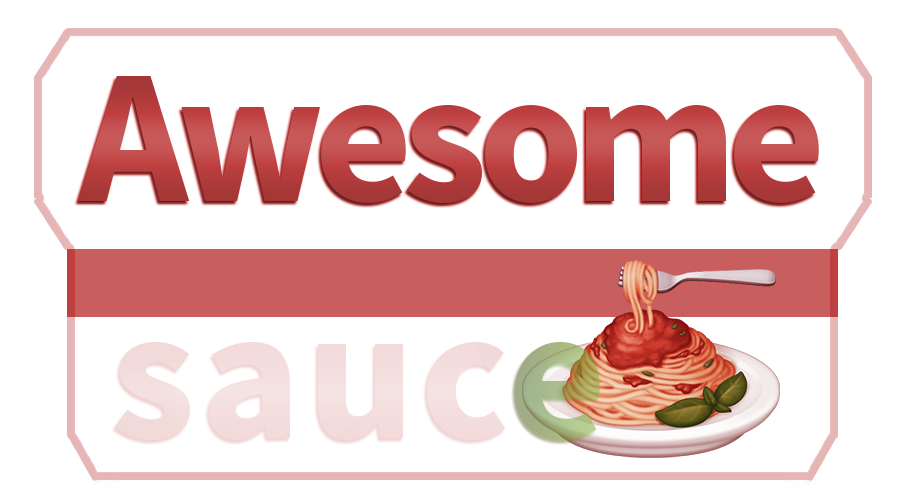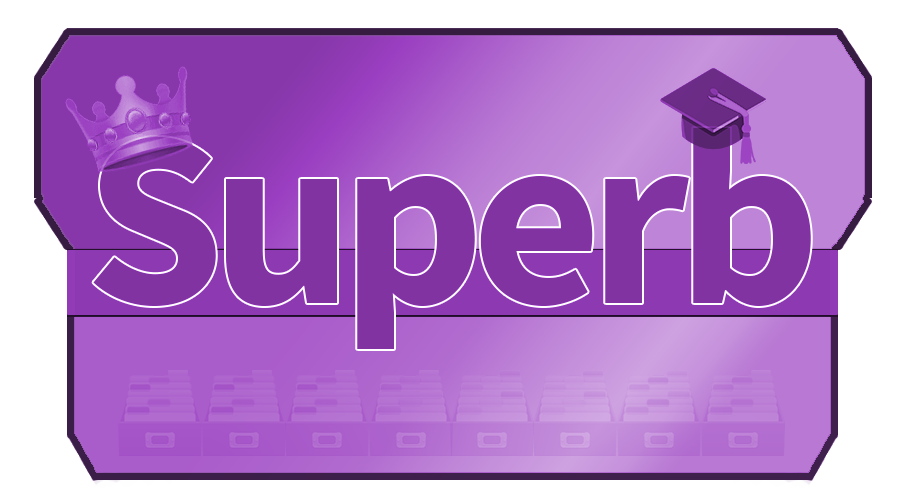
Construindo seu Estilo por Meio do Domínio Vernacular
Building Your Style Through Vernacular Mastery
🇺🇸 ENGLISH
The acquisition of vocabulary is a fundamental pillar for foreign language learners. Everything taught in the classroom is noted in the Class Notes.
When preparing our lessons, we carefully select words and phrases that are not only practical but also relevant to our daily experiences. This ensures that every new term you learn has immediate applicability, making your learning journey effective and engaging.
It’s indeed essential to go beyond mechanical memorization to help students build a robust vocabulary. That’s why we provide our students with Pragmatic Sheets, which serve as a framework for the mental picture that takes shape in students’ minds as they build their “vocabulary rolodex”.
.
During the lessons, the student can take notes on the two main differences in the learned vernacular:
- new words;
- familiar words, but not yet mastered; and
- words where pronunciation is still inconsistent.
This prevents the student from having only a superficial understanding and allows their use of the noted language to expand beyond the classroom.
By focusing on vocabulary that connects with each individual’s personal and professional life, we aim to deepen their understanding of the language and increase their ability to communicate confidently.
It’s not just about learning new words, but a process of empowering the student to express their thoughts and ideas more precisely and effectively.
That’s why, at the end of each class, they should categorize the learned words into groups as shown in the image below of the Vernacular Quadrants Sheet.
Thus, following our methodology, the vocabulary learned in class becomes a building block of the language, and by assimilating it through handwriting, it is possible to achieve greater control of communication skills.
Parents of children and teenagers can still download the Programmatic Handwriting Sheets and witness how their children feel comfortable and confident with the organization and progress that our pedagogical structure offers. By using the new words in the WRITING section, you can notice how the foreign language learning process becomes a rewarding experience.
🇧🇷 PORTUGUÊS
A aquisição de vocabulário é um pilar fundamental para o estudante de idioma estrangeiro. Por isso, tudo o que é ensinado em sala de aula fica anotados nas Class Notes.
Ao preparar nossas aulas, selecionamos cuidadosamente palavras e frases que não são apenas práticas, mas também relevantes para suas experiências diáriasa. Isso garante que cada novo termo que você aprende tenha aplicabilidade imediata, tornando sua jornada de aprendizado eficaz e envolvente.
Para que os alunos consigam construir um vocabulário robusto, precisamos ir além da memorização mecânica, por isso disponibilizamos aos nossos alunos as Folhas Pragmáticas, que funcionam como uma moldura para o desenho mental que vai se construindo conforme ele vai construindo seu arcabouço vocabular.
Durante as aulas, o aluno pode ir anotando as duas principais diferenças no vernáculo aprendido:
- palavras novas;
- palavras conhecidas, mas ainda não dominadas; e
- palavras que sua pronúncia ainda não é consistente.
Isso evita que o estudante tenha apenas uma compreensão superficial e permite que o seu uso da linguagem anotada seja expandido além da sala de aula.
Ao focar no vocabulário que se conecta com a vida pessoal e profissional de cada indivíduo, pretendemos aprofundar sua compreensão da linguagem e aumentar sua capacidade de se comunicar com confiança.
Não se trata apenas do aprendizado de novas palavras, mas de um processo de capacitação do aluno para expressar seus pensamentos e ideias de forma mais precisa e eficaz.
Por isso, ao final de cada aula ele deve categorizar as palavras aprendidas em grupo como na imagem a baixo da Folha dos Quadrantes Vernaculares.
Dessa maneira, seguindo a nossa metodologia, o vocabulário aprendido em aula se transforma em bloco de construção da linguagem e, ao assimila-lo por meio da escrita à mão, é possível atingir maior controle das habilidades de comunicação.
Pais de crianças e adoslecentes, ainda podem baixar as Folhas de Caligrafia Programática e testemunhar a maneiro como seus filhos se sentem confortáveis e confiantes com a organização e o progresso que a nossa estrutura pedagógica oferece. Ao utilizar as novas palavras na parte de WRITING, é possível perceber a experiência gratificante que se torna o processo de aprendizagem do idioma estrangeiro.
Bibliographic references:
- NATION, I. S. P. Learning Vocabulary in Another Language. Cambridge: Cambridge University Press, 2001.
- SCHMITT, N. Vocabulary in Language Teaching. Cambridge: Cambridge University Press, 2000.
- LIGHTBOWN, P. M.; SPADA, N. How Languages are Learned. Oxford: Oxford University Press, 2013.
- THORNBURY, S. How to Teach Vocabulary. Harlow: Longman, 2002.
- BROWN, H. D. Principles of Language Learning and Teaching. 5th ed. White Plains, NY: Pearson Education, 2007.











